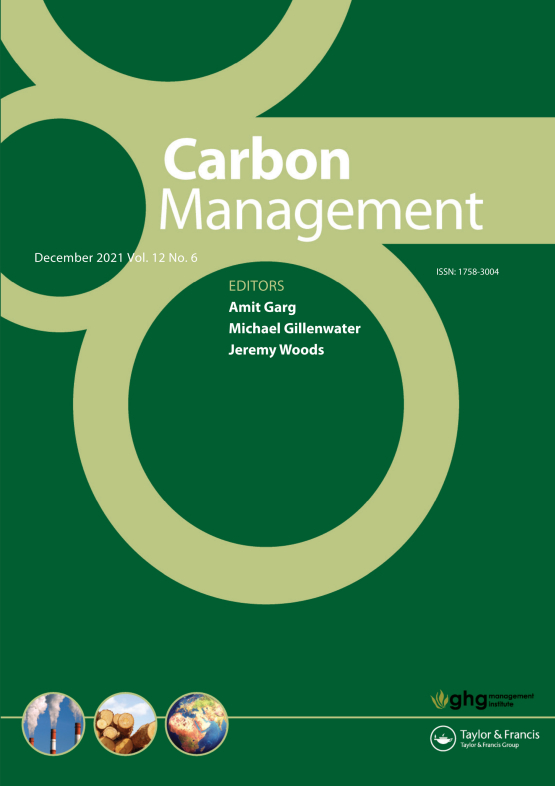Submit a Manuscript to the Journal
Carbon Management
For an Article Collection on
Carbon Stores in Tropical Vegetation and their Current Importance
Manuscript deadline
30 September 2024

Article collection guest advisor(s)
Dr. Jose Luis Martinez,
Universidad Juárez Autónoma de Tabasco, Mexico
[email protected]
Carbon Stores in Tropical Vegetation and their Current Importance
The carbon stored in vegetation constitutes an increasingly important basic element for the continuity of life due to its role in combating global climate change. Since the development of plant ecology approximately a century ago and the onset of global warming, the quantification of carbon stored in vegetation has had outstanding relevance in greenhouse effect mitigation strategies. It is for this reason that its measurement is increasingly an important issue.
Despite the currently reduced areas of vegetation due to intense land use change, tropical tree vegetation presents the largest stores of carbon contained in the terrestrial surface, due to its high rates of productivity and structural complexity. The C pools in tropical forest vegetation and soils in 1990 was estimated to be 159 Pg and 216 Pg, respectively. Unfortunately, if land management efforts do not become more aggressive, its release by 2050 will be in the range of 41-77 Pg C. Having current stocks of carbon in many locations in the tropical zone will continue to build more complete information about the status of carbon stores in tropical vegetation for decision makers.
This Article Collection will collate the latest research on carbon stores in tropical vegetation. Relevant subtopics include:
- Carbon stores in tree, shrub, herbaceous, lianas or epiphytic vegetation and tropical soils
- Carbon stocks along plant successions or land use change
- Forest management for greater carbon stores
- Methods of estimation and bias of carbon contents from the vegetation to its dimensional scaling
- Geographic scaling of carbon stores using GIS
- Experiences of carbon credits in tropical vegetation
- Critical perspectives on the potential to use remotely sensed data to assess above and below ground carbon stocks
Please contact Pamela Hohl ([email protected]) with any queries regarding submission to this collection.
Guest Advisor Biography:
Dr. José Luis Martínez-Sánchez has been a researcher at the Universidad Juarez Autonoma de Tabasco located in southern Mexico for 23 years, conducting research in the field of plant biology in tropical humid ecosystems. He has published several articles on the topic of vegetable carbon, supervised 10 theses on this topic, and served as reviewer for 20 articles in the field. He has also conducted six research projects focusing specifically on tropical vegetation.
Benefits of publishing open access within Taylor & Francis
Global marketing and publicity, ensuring your research reaches the people you want it to.
Article Collections bring together the latest research on hot topics from influential researchers across the globe.
Rigorous peer review for every open access article.
Rapid online publication allowing you to share your work quickly.
Looking to Publish your Research?
Find out how to publish your research open access with Taylor & Francis Group.
Choose open accessSubmission Instructions
All manuscripts submitted to this Article Collection will undergo desk assessment and peer-review as part of our standard editorial process. Guest Advisors for this collection will not be involved in peer-reviewing manuscripts unless they are an existing member of the Editorial Board. Please review the journal Aims and Scope and author submission instructions prior to submitting a manuscript.